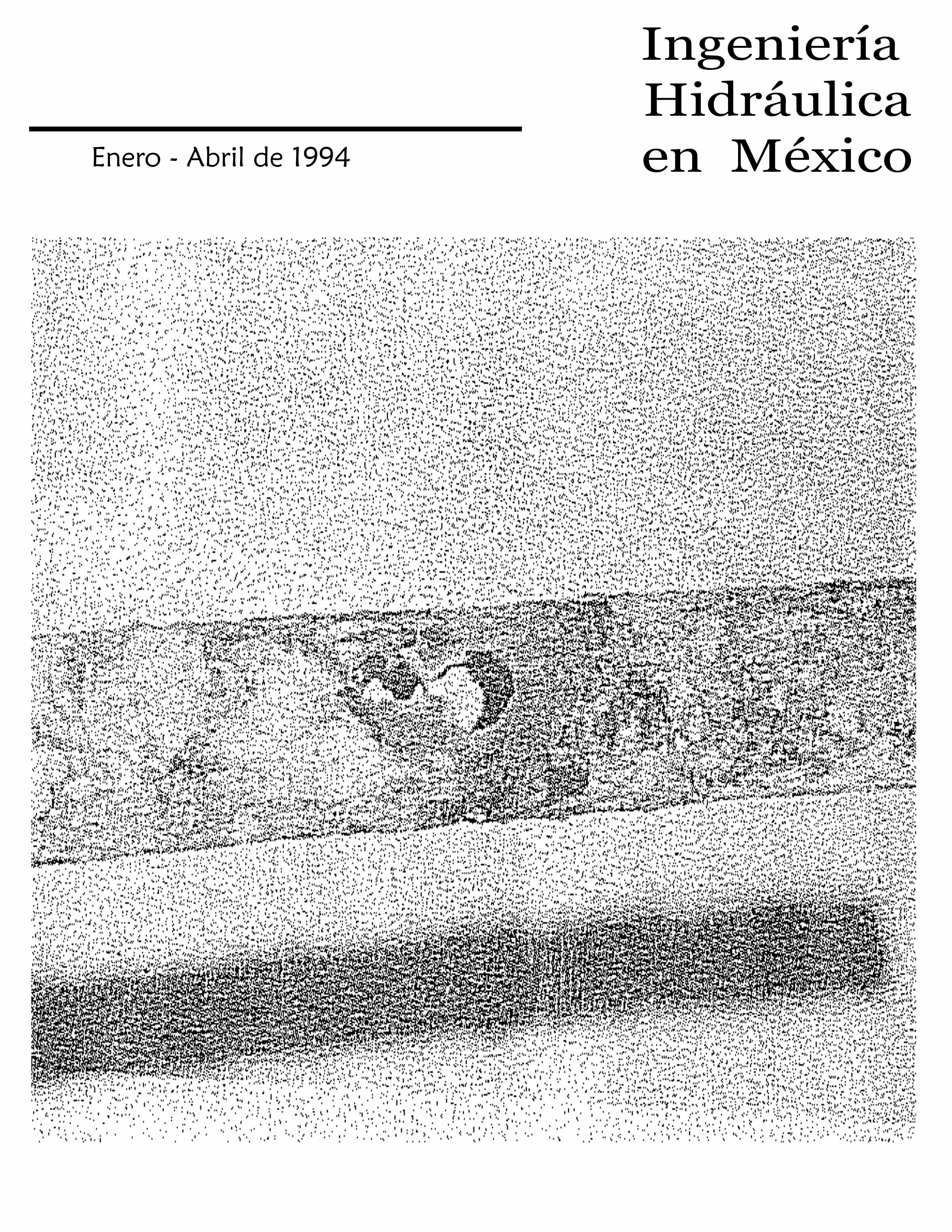lnfiltration Simulation in Soils
Keywords:
soil, infiltration, simulation, partially sartured soil, Richards’s equation, matrix potencial, soil humidity, hydraulic conductivity, finite-difference implicit scheme, Newton-Raphson’s algorithmAbstract
Esaturated soils applying Richard’s equation restricted to vertical flow and having as an unknown the matrix potential. Since soil humidity and hydraulic conductivity are highly non-linear univocal functions of the matrix potential, there is no analytical solution and the equation is solved through a finite-difference implicit scheme that leads to a system of linear equations, which is solved using the Newton-Raphson algorithm and two upper and lower boundary initial conditions. The considered soil profile must be discritized with n+ 1 elements of dz width, computing for each one of them the hydraulic conductivity at the middle of the element as the average of the conductivities of both the element under consideration and the next one in a downward vertical direction, as well as the discharge as a function of this hydraulic conductivity As many hydraulic functions as available horizons are computed. The system of equations is solved for a maximum number of iterations and, if there is no convergence, the time interval is divided by two, thus repeating the process for the initial values. The algorithm shown is applied to two homogeneous soils and the results are presented. Comparable results are reported by Anlauf et al (1988), but these must be contrasted with measurements.Downloads
Published
2015-12-04
How to Cite
Blaesig Schlotfeldt, H., & Arrioja Juárez, R. (2015). lnfiltration Simulation in Soils. Tecnología Y Ciencias Del Agua, 9(1), 5–12. Retrieved from https://www.revistatyca.org.mx/index.php/tyca/article/view/723
Issue
Section
Articles
License
By Instituto Mexicano de Tecnología del Agua is distributed under a Creative Commons Attribution-NonCommercial-ShareAlike 4.0 International License. Based on a work at https://www.revistatyca.org.mx/. Permissions beyond what is covered by this license can be found in Editorial Policy.









